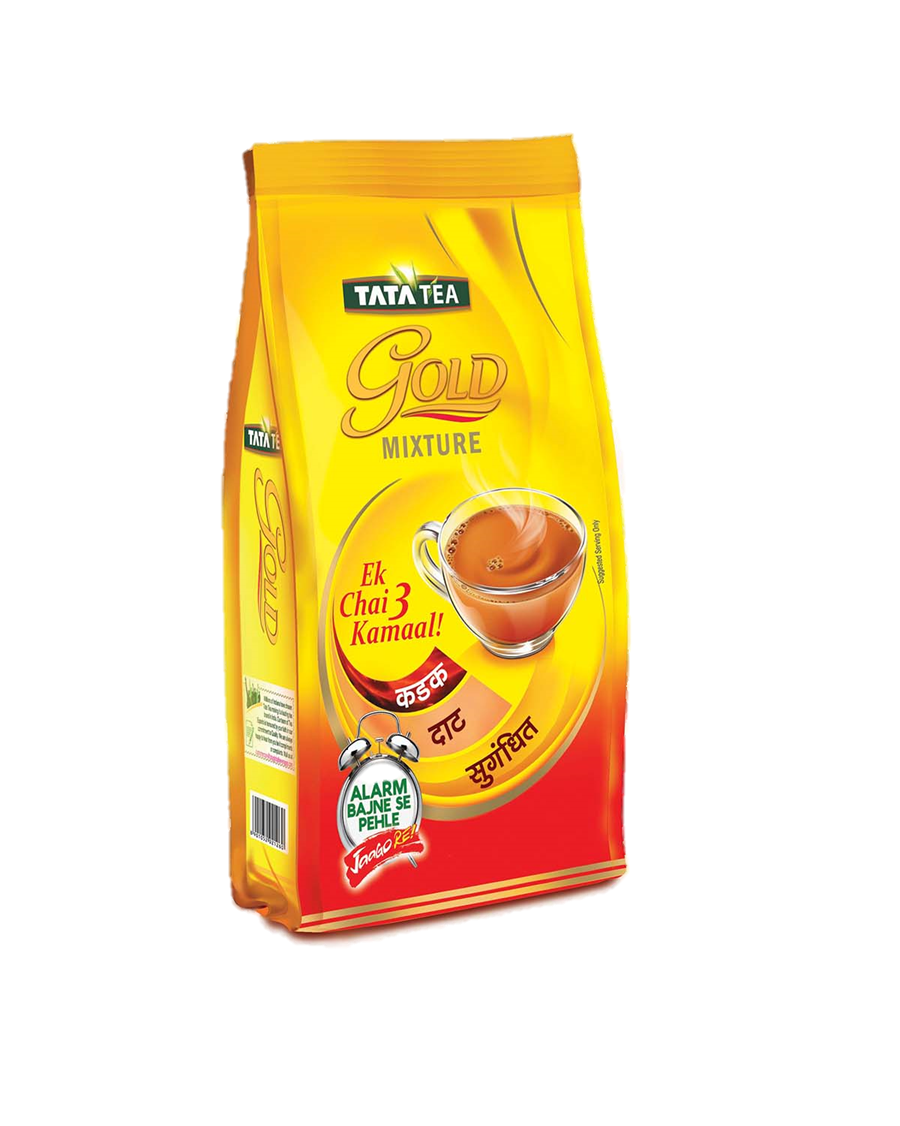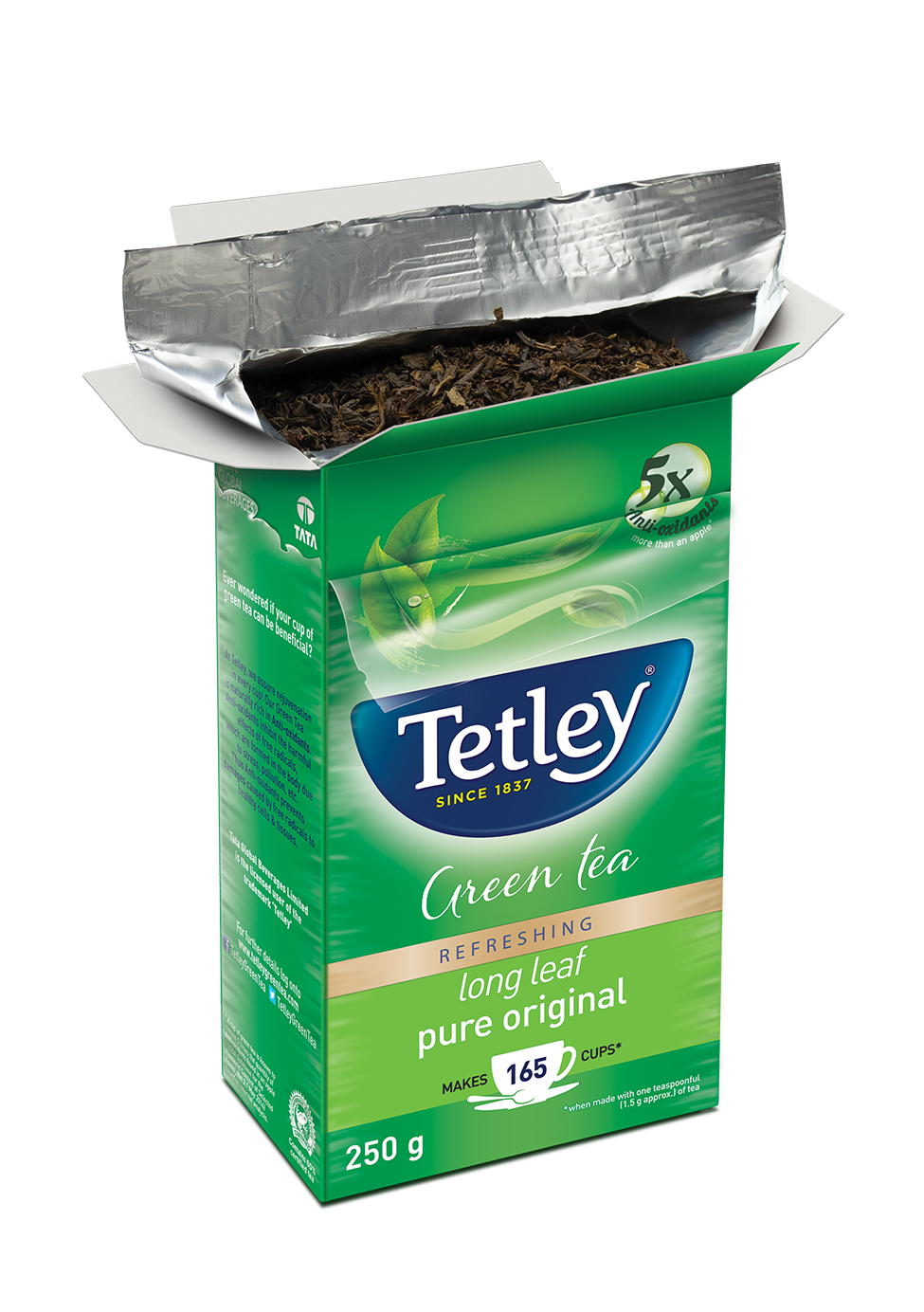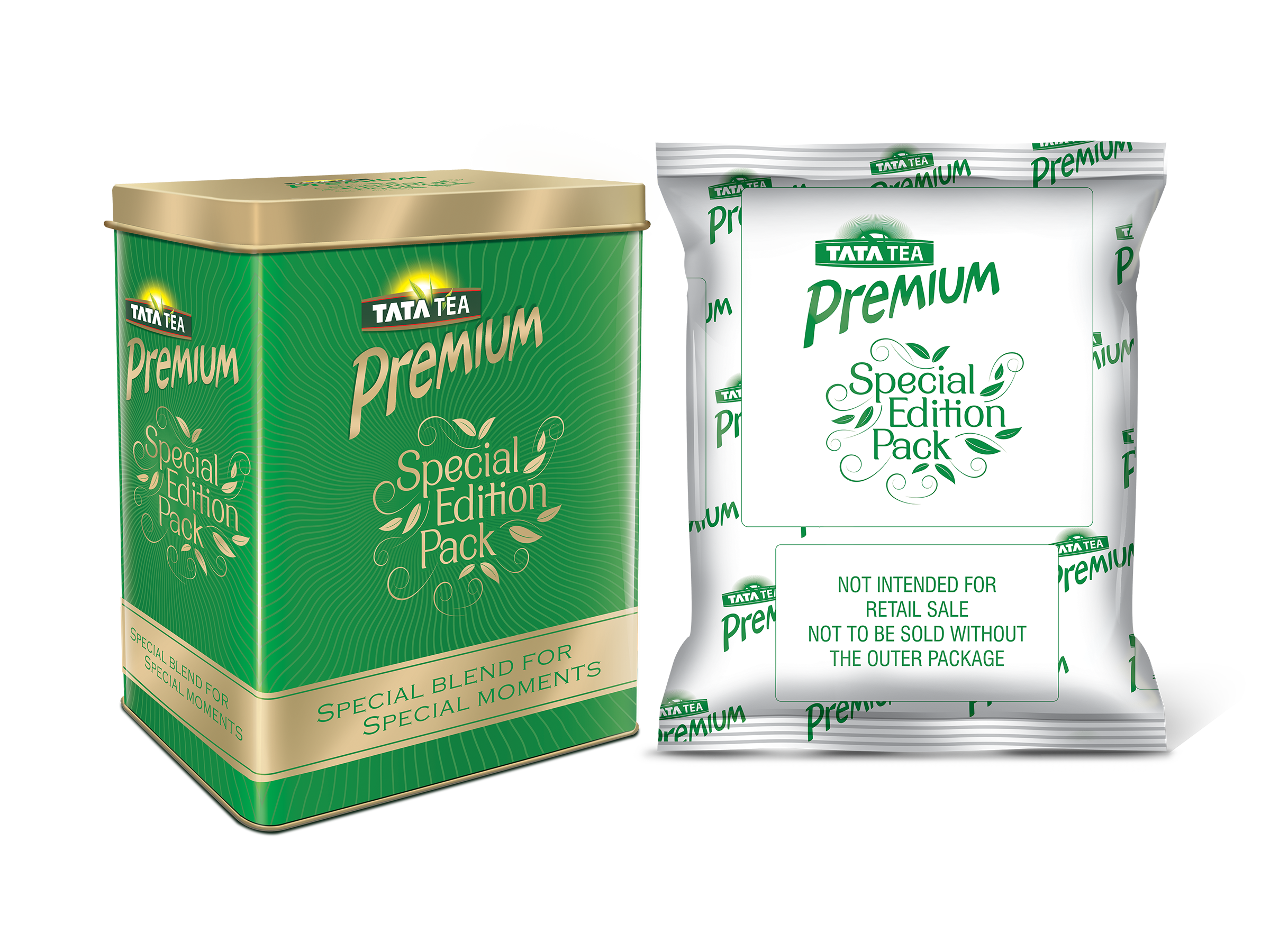Every day, tonnes of plastic waste is discarded all over the world. The impact of plastic includes environmental degradation, threat to marine and animal life, lethal effects on health and serious cause of pollution. Close to 85% of the objects found on beaches contain traces of polymers, most of which are packaging materials. As per the study conducted by the Central Pollution Control Board (CPCB), it is observed that in 60 major cities of India around 25,940 tons/day of plastic waste is generated, of which around 94% waste comprises of thermoplastic content, which is recyclable such as PET, LDPE, HDPE, PVC etc. The remaining 6% belongs to the family of thermoset plastics and other categories of plastics such as sheet moulding compound (SMC), fiber reinforced plastic (FRP), multi-layered, thermocol etc., which are non-recyclable.
Now, CPCB has laid down technical options for safer disposal of plastic waste such as road laying, co-processing etc. Owing to the detrimental impacts of plastic waste dumped into our ecosystem, government bodies, academic institutions, NGOs and businesses have begun undertaking several initiatives to curb the use of plastic as well as implement safe and eco-friendly disposal methods.
As consumers, we too have an important part to play in the success of the recycling initiative. We can do our bit by segregating recyclable plastic and following the instructions provided by the municipality or government bodies to make the process easier and cost effective. If you live in a location where plastics are collected through a take -back program, do ensure to send your plastic waste to the nearest collection point
The reckoner below outlines the disposal guidelines for different categories of packaging material used, such as multilayer plastics, paper and PET. The purpose of this reckoner is also to provide an opportunity for more consistent communication with our consumers in order to make informed decisions on how to capture recyclable material for recycling thereby reducing environmental pollution.
| Disposal guidelines* |
|---|
| Product |
Household |
Public Places |
|---|
 PET Bottle
|
- Ensure the plastic bottle is empty
- Bottles can be squashed before disposing off to increase the capacity of the collection bins
- Plastic bottles should be handed over to the Local body for proper disposal/ recycling or sold to the authorized recycler only
|
- Refrain from open burning of such plastic as it releases hazardous halogens, which has a negative impact on human health and climate change
- Avoid dumping of plastic bottle in public places like market areas, bus stands, railway stations, cinema halls, parks, road side etc.
- Ensure disposal of bottles in designated recyclable bins in public places.
|
 Multilayer laminate Pouch
|
- Scrape out the residue; empty the pack
- Ensure segregation of multilayer lamina from other waste
- Multilayer plastics should be handed over to the Local body for proper disposal/ recycling or sold to the authorized recycler only
|
- Refrain from open burning of such plastic as it releases hazardous halogens, which has a negative impact on human health and climate change Avoid dumping of multilayer plastic in public places like market areas, bus stands, railway stations, cinema halls, parks, community centres, road side etc.
- Ensure disposal of multilayer plastics in designated bins.
|
 Ceka Carton & Shrink Sleeve
|
- Scrape out the residue from the laminate; empty the pack
- Ensure segregation of box and shrink film from other waste
- Such plastics should be handed over to the Local body for proper disposal/ recycling or sold to the authorized recycler only
|
- Avoid dumping in public places like market areas, bus stands, railway stations, cinema halls, parks, community centres, road side etc. leaching of which would impact the soil and ground water
- Ensure disposal of the box in designated bins
- Refrain from open burning of such plastic as it releases hazardous halogens, which has a negative impact on human health and climate change
|
 Jars (PET & Glass)
|
- Ensure the plastic/glass jar is empty
- Remove plastic cap from glass jar
- Remove paper wad from the cap of a jar
- PET Jars can be squashed before disposing off to increase the capacity of the collection bins
- Jars/ caps should be handed over to the Local body for proper disposal/ recycling or sold to the authorized recycler only
- Foil Seal (Multilayer plastic) should be handed over to the Local body for proper disposal/ recycling or sold to the authorized recycler only
|
- Refrain from open burning of such plastic as it releases hazardous halogens, which has a negative impact on human health and climate change
- Avoid dumping of plastic bottle in public places like market areas, bus stands, railway stations, cinema halls, parks, road side etc.
- Ensure disposal of jars in designated recyclable bins in public places
|
 Tin Cans
|
- Take out the plastic pouch from the tin can
- Scrape out the residue from the laminate; empty the pack
- Ensure segregation of tin can and plastic pouch from other waste
- Such plastics should be handed over to the Local body for proper disposal/ recycling or sold to the authorized recycler only
|
- Avoid dumping in public places like market areas, bus stands, railway stations, cinema halls, parks, community centres, road side etc. leaching of which would impact the soil and ground water
- Ensure disposal of the box in designated bins
- Refrain from open burning of such plastic as it releases hazardous halogens, which has a negative impact on human health and climate change
|
* The disposal guidelines are brand independent. The images of products are for illustrative purpose only
Consumerism has increased the amount of plastic waste generated, and hence a ‘circular economy’ is imperative to facilitate the integration of economic and environmental wellbeing in a sustainable way. As a consumer goods industry, we need to overcome the challenges of the linear model – ‘take-make-dispose’, by moving to ‘circular economy’ with a focus on improving recycling, promoting re-use, and redesigning products.










